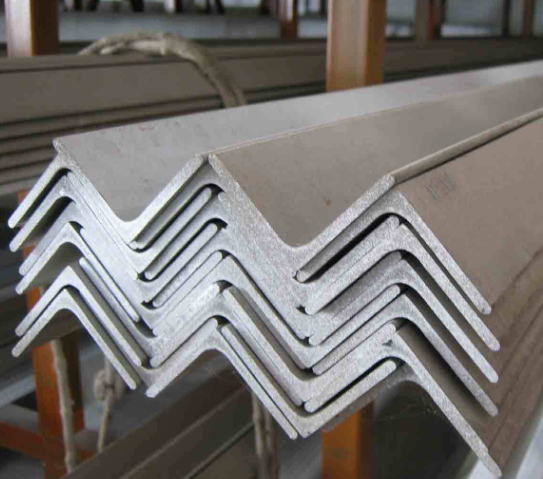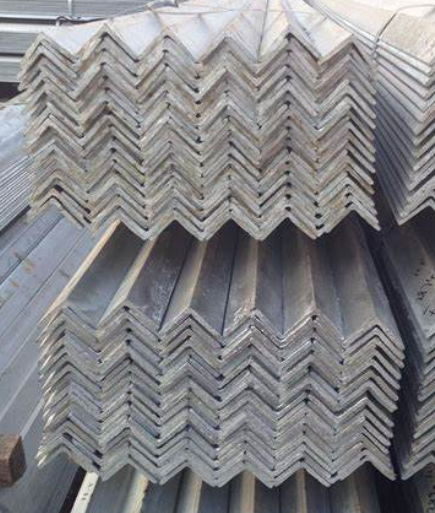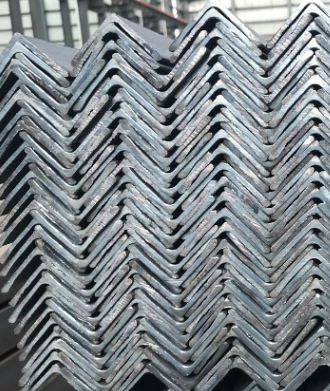Introduction to GB/T 706-2016 Hot-rolled Section Steel - Angles
GB/T 706-2016 is a Chinese national standard titled "Hot-rolled section steel — Dimensions, shape, weight, and tolerances for angles," which specifies the technical requirements, dimensional tolerances, testing methods, and inspection rules for hot-rolled equal-leg and unequal-leg angles. This standard applies to hot-rolled steel angles widely used in construction, bridges, machinery, and other structural applications.
CREDIT

Scope
Covers both equal-leg angles (legs of equal length) and unequal-leg angles (legs of different lengths).
Defines dimensions (leg lengths, thickness), theoretical weights, and permissible deviations.
Dimensions and Tolerances
Specifies standard sizes for angles, with leg lengths ranging from 20 mm to 200 mm and thicknesses from 3 mm to 24 mm (exact ranges depend on leg length).
Provides tolerances for leg length, thickness, straightness, and leg angle to ensure consistency and quality.
Theoretical Weight
Lists theoretical weight per meter (kg/m) based on nominal dimensions, calculated using a steel density of 7.85 g/cm³.
Technical Requirements
Material: Typically produced from carbon structural steel (e.g., Q235, Q355) or low-alloy steel, complying with relevant material standards.
Surface Quality: Requires surfaces free from cracks, scars, or defects that impact performance.
Straightness: Specifies maximum allowable curvature.
Testing and Inspection
Includes methods for measuring dimensions, visual inspections, and mechanical property tests (if required by the order).
Marking and Certification
Products must be marked with leg dimensions, thickness, standard code (GB/T 706-2016), and manufacturer information.
CREDIT

Angles conforming to GB/T 706-2016 are essential components in steel structures, such as trusses, frames, supports, and reinforcement elements, due to their high strength and ease of welding/bolting.
GB/T 706-2016 supersedes older versions (e.g., GB/T 706-2008), updating dimensional ranges, tolerances, and technical requirements to align with modern industrial needs.
This standard ensures uniformity in production and facilitates compatibility in domestic and international engineering projects. For detailed specifications, refer to the official standard documentation or consult certified suppliers.
CREDIT

